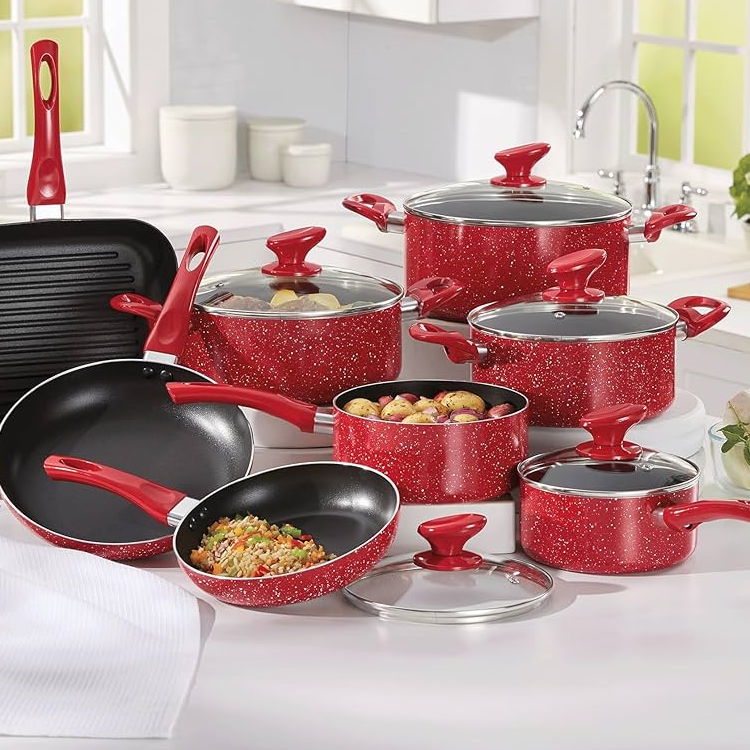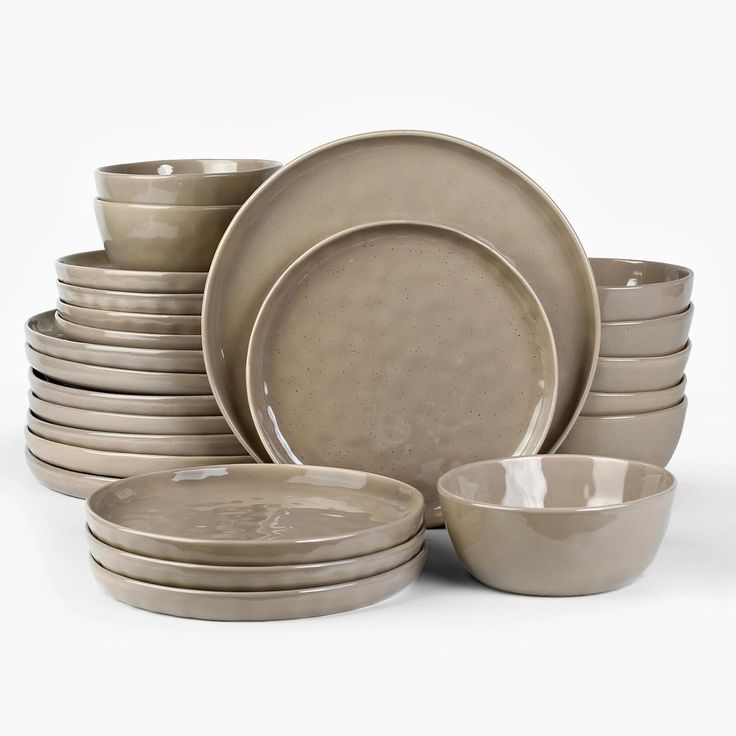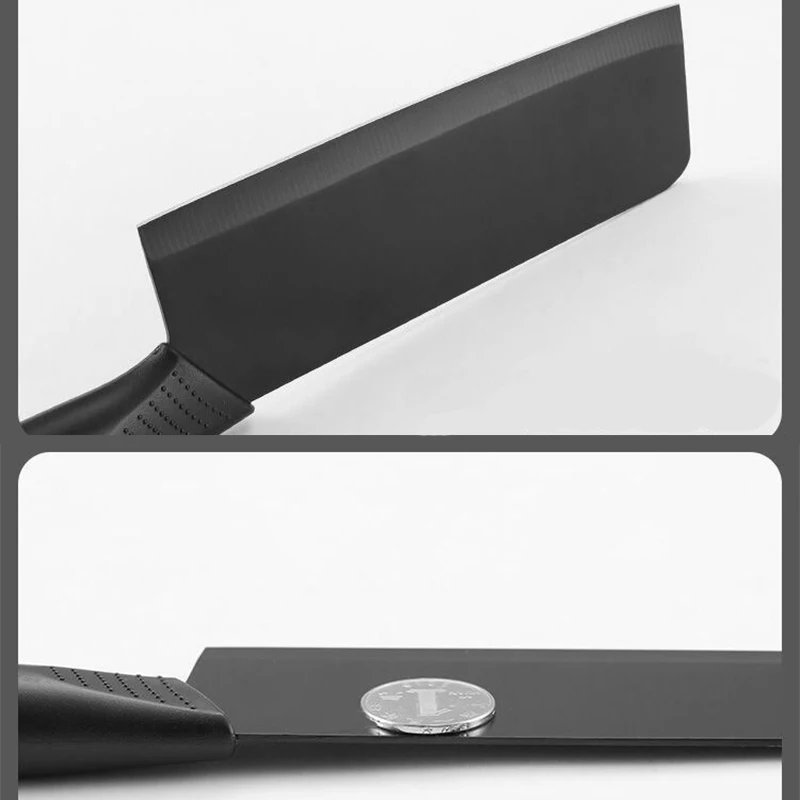In any kitchen, the right tools make all the difference. Among those tools, a high-quality kitchen knife stands out as essential for both home cooks and professional chefs. Choosing the right kitchen knife can significantly enhance your cutting skills, improve your cooking efficiency, and boost your culinary confidence. This comprehensive guide will explore the various types of kitchen knives, essential features to consider, and tips for proper care and maintenance.
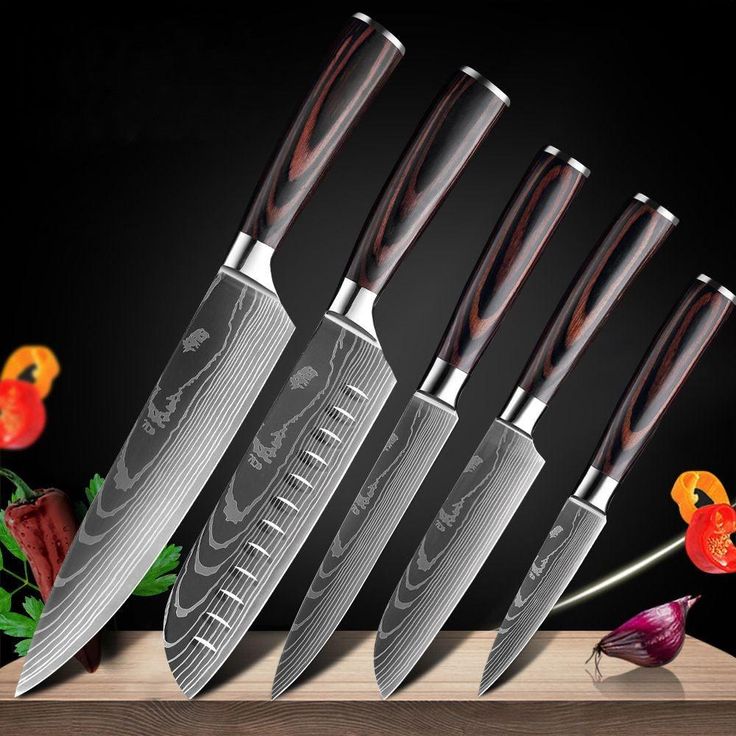
Understanding the Different Types of Kitchen Knives
Before diving into the details of choosing a kitchen knife, it’s important to understand the different types available. Each type of knife possesses unique characteristics suited for specific tasks.
- Chef’s Knife: Known as the workhorse of the kitchen, the chef’s knife features a broad blade, typically ranging from 8 to 10 inches in length. This knife excels at chopping, dicing, and mincing a variety of ingredients, making it an indispensable tool for any culinary task.
- Paring Knife: This small knife usually measures around 3 to 4 inches in length. The paring knife is perfect for intricate tasks like peeling fruits or deveining shrimp. Its precise control allows you to tackle detailed cutting tasks with ease.
- Bread Knife: Featuring a serrated edge, the bread knife effortlessly slices through crusty loaves without crushing the soft interior. The length of the blade typically ranges from 8 to 10 inches, allowing for smooth and clean cuts.
- Utility Knife: This versatile knife serves as a cross between a chef’s knife and a paring knife. Ranging from 4 to 7 inches in length, the utility knife is ideal for various everyday tasks, such as slicing sandwiches or cutting vegetables.
- Santoku Knife: Originating from Japan, the Santoku knife is popular for its multi-purpose capabilities, including slicing, dicing, and mincing. The blade is generally shorter and has a rounded edge, providing excellent control, particularly for precision tasks.
Understanding these variations will help you match the right knife to your specific cooking needs, allowing for more comfortable and efficient meal preparation.
Key Features to Consider When Choosing a Kitchen Knife
Selecting the right kitchen knife involves considering several essential features. These elements directly impact the knife’s performance, comfort, and longevity.
- Blade Material: Kitchen knives commonly feature stainless steel, carbon steel, or ceramic blades. Stainless steel knives are resistant to rust and stains, making them low-maintenance and versatile. Carbon steel knives, while prone to corrosion, offer superior sharpness and edge retention. Ceramic knives provide an incredibly sharp edge and lightweight feel but can chip or break if mishandled.
- Blade Size: The size of the blade plays a crucial role in the knife’s functionality. Larger blades provide more cutting surface, making them suitable for larger tasks, but they can be unwieldy for smaller jobs. Conversely, smaller blades offer precision but may lack versatility. Assess your cooking style to choose a blade size that best complements your activities.
- Handle Comfort: Comfort is paramount when selecting a kitchen knife. A well-designed handle ensures that you maintain a secure grip, reducing fatigue during prolonged use. Look for handles made from materials like wood, plastic, or composites. Some handles are ergonomically designed to fit the natural shape of your hand, providing added comfort and control.
- Weight and Balance: The weight of the knife influences your cutting technique and efficiency. A well-balanced knife allows for easy maneuverability and control. When choosing a knife, hold it in your hand to determine whether it feels comfortable and balanced during use.
- Maintenance Requirements: Different knife materials require varying levels of maintenance. Stainless steel knives often require little upkeep, while carbon steel knives need regular oiling to prevent rust. Consider how much time and effort you’re willing to invest in maintaining your kitchen knife.
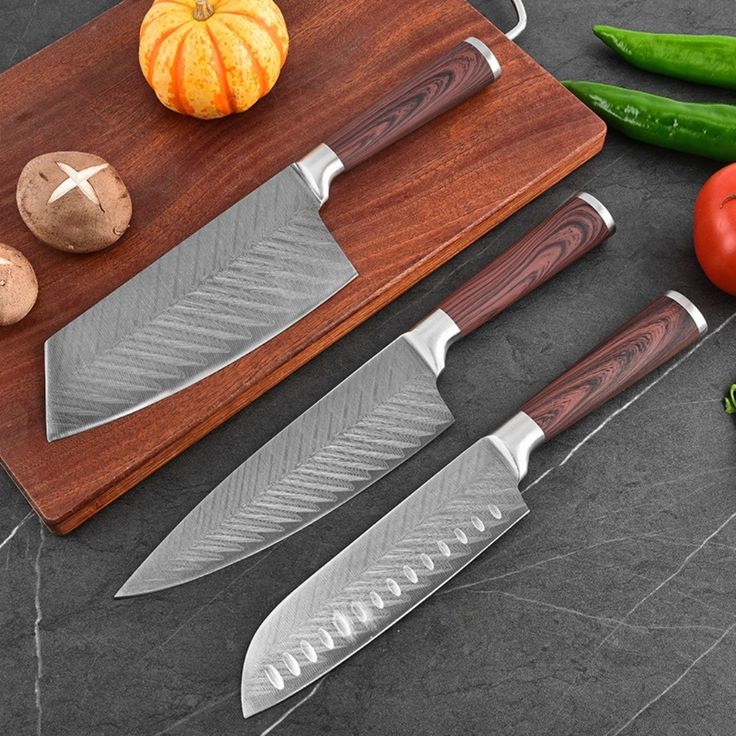
Understanding Knife Brands and Quality
Quality matters significantly when it comes to selecting kitchen knives. Identifying trusted brands can lead you to high-performing knives that greatly enhance your culinary experience. Renowned brands, such as Wüsthof, Victorinox, and Shun, carry a prestigious reputation for producing top-tier kitchen knives. These companies have built their names through years of dedication to craftsmanship and innovation.
Each of these brands invests in extensive research and skilled manufacturing processes, ensuring their knives deliver exceptional performance. For example, Wüsthof knives are forged in Germany, known for their precision and balance. Victorinox, famous for its Swiss Army knives, also excels in producing affordable yet reliable kitchen knives. Meanwhile, Shun offers beautiful Japanese knives, combining both aesthetic appeal and functionality.
Additionally, pay attention to the manufacturing process itself when assessing quality. Forged knives are typically crafted from a single piece of steel, resulting in superior strength, durability, and edge retention. In contrast, stamped knives are cut from a steel sheet, which may offer lightweight options but often lack the same durability as forged counterparts.
When investing in a kitchen knife, always prioritize quality over price. A higher-quality knife can serve you well for years, enhancing your cooking journey. Such an investment pays off through improved performance and satisfaction in your culinary endeavors. Quality knives not only make cooking easier but also make it more enjoyable.

Tips for Proper Knife Care and Maintenance
Owning a kitchen knife is not enough; maintaining it is crucial for safety and performance. Here are essential tips for proper care and maintenance:
- Regular Sharpening: A sharp knife improves safety by reducing the risk of slips and injuries. Invest in a sharpening stone, honing steel, or a high-quality knife sharpener to maintain your knife’s edge. Regular honing can keep your knives sharp between sharpenings.
- Cleaning: Avoid putting your kitchen knife in the dishwasher, as the heat and moisture can damage the blade and handle. Instead, wash your knife by hand with warm, soapy water and dry it immediately. This practice prevents rust, maintains hygiene, and extends the life of your knife.
- Storage: Protect your knives from damage and dullness by storing them properly. Use a knife block, magnetic strip, or protective sheaths to keep the blades safe. Avoid jumbling knives in a drawer, as this can lead to nicks and scratches.
- Avoid Cutting on Hard Surfaces: To prolong the life of your knife, always use a cutting board made of wood, plastic, or bamboo. Cutting on hard surfaces like glass or stone can dull your blade quickly.
- Handle with Care: Always use your kitchen knife safely. Never use it for tasks it’s not designed for, such as prying or opening packages. Respect your knife’s integrity to ensure it serves you well for years.

The Importance of Choosing the Right Knife for Your Cooking Style
Choosing the right kitchen knife involves considering your cooking style and habits. If you frequently prepare intricate dishes or host large gatherings, investing in a high-quality chef’s knife will enhance your efficiency. On the other hand, if you mainly focus on quick meals, a paring knife or utility knife may suffice.
For home cooks who explore various cuisines, a versatile knife like the Santoku can significantly boost culinary creativity. Depending on your preferences, having a range of knives may enhance your cooking experience. Each knife plays a unique role, so understanding their strengths can lead to more enjoyable and efficient meal preparation.
Additionally, consider your comfort level with knife techniques. If you’re a beginner, selecting a knife that feels comfortable in hand can boost your confidence and help you practice safely. A well-chosen knife becomes an extension of your hand, allowing you to explore new recipes and techniques.
Investing in a Quality Kitchen Knife Set
While selecting an individual kitchen knife is crucial, consider investing in a comprehensive knife set for all your culinary needs. A high-quality knife set often includes a chef’s knife, paring knife, bread knife, and utility knife, providing versatility for various tasks.
When choosing a knife set, focus on the quality of the knives and ensure they meet your specific cooking needs. Look for sets that include blades made from durable materials with comfortable handles. An established brand with a reputation for quality can provide assurance that your investment will last.
Moreover, buying a set can provide excellent value, as it often costs less than purchasing each knife separately. A well-rounded set equips you with the tools you need for an extensive range of cooking tasks, enhancing your kitchen experience.

Conclusion: Elevate Your Culinary Experience with the Right Kitchen Knife
Choosing the right kitchen knife is a crucial step in elevating your culinary experience. By understanding the various types of knives, essential features, and proper care techniques, you set yourself up for success in the kitchen. A high-quality kitchen knife not only boosts your efficiency but also enhances your confidence and creativity while cooking.
Investing time and thought into selecting the best kitchen knife for your needs pays off in the long run. Whether you are a novice cook or a seasoned chef, having the proper tools will significantly impact your meal preparation. Embrace the art of cooking with the right kitchen knife, and watch your culinary skills flourish. Your kitchen journey awaits, and the ideal knife can help you navigate every delicious twist and turn.
